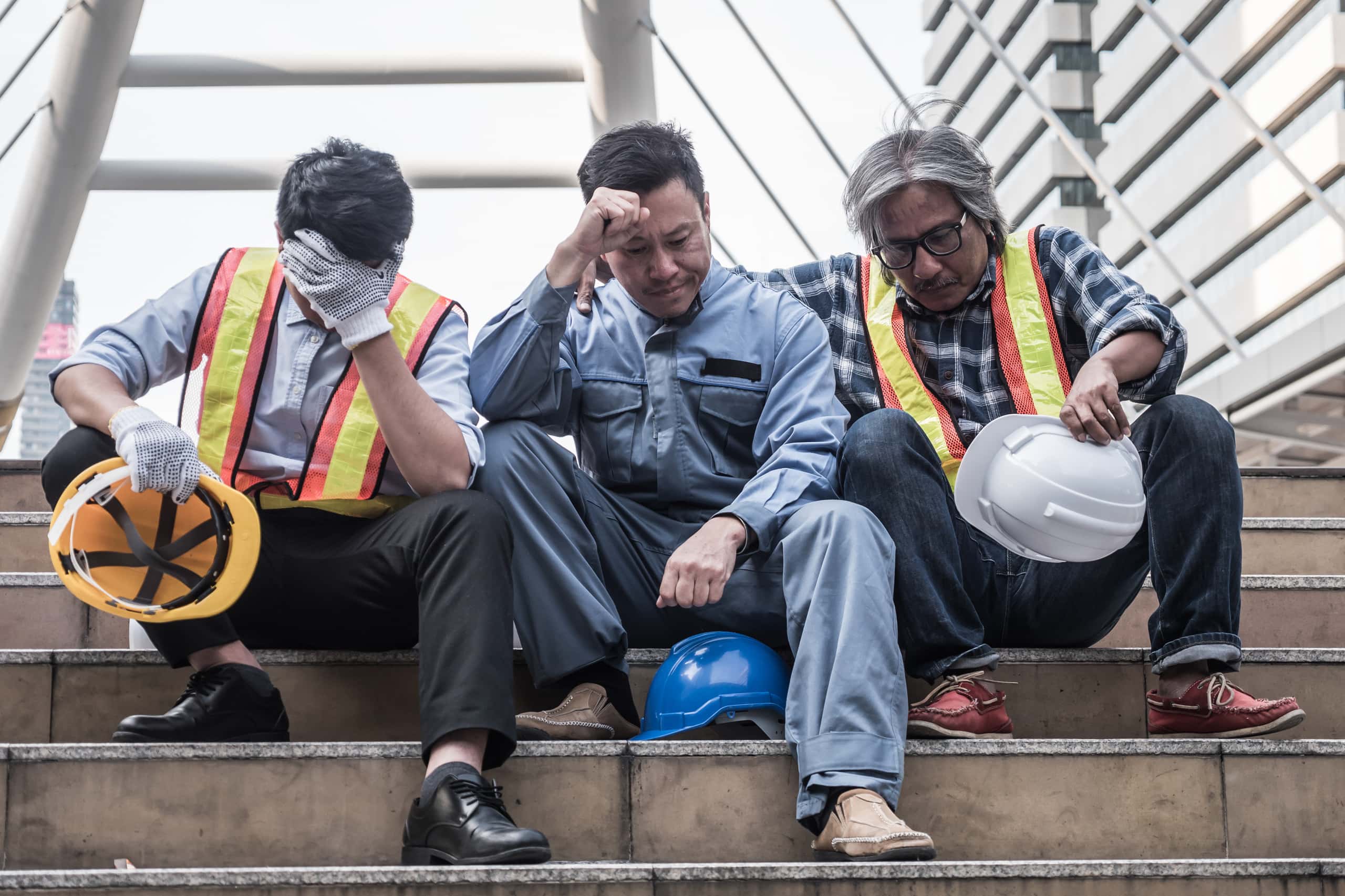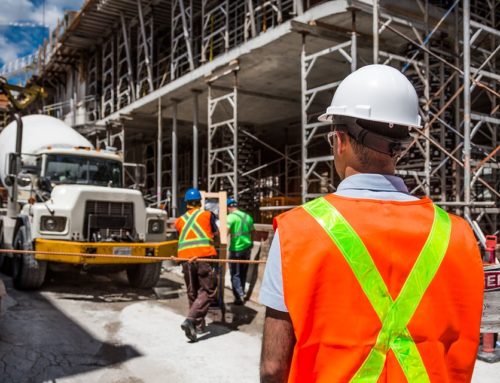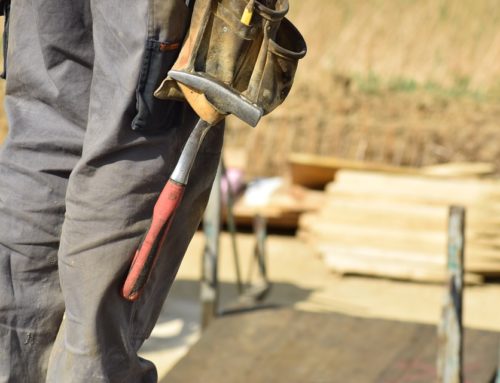Both potential claimants and the potential defendants in a construction defect case should take specific steps upon the discovery of said defect or alleged defect. This is true whether the defect has caused injury or simple financial harm.
Failure to take these steps can have a direct, adverse effect on your ability to recover a claim, or your ability to defend against a plaintiff’s allegations.
Step 1: Secure the Scene
It’s important to make sure nobody can tamper with the scene, either wittingly or unwittingly. Preserving the conditions under which the defect is discovered protects the ability of both sides to conduct their investigations.
You will want to make sure that any piece of physical evidence related to the scene is safely locked away but remains accessible.
Failure to do this can expose you to sanctions under Tennessee’s Rules of Civil Procedure. Under The Tennessee Rules of Civil Procedure 34A.02, Rules of Spoilation, sanctions “may be imposed on a party or agent of a party who discards, destroys, mutilates, alters, or conceals evidence.
Thanks to the 2018 case, Gardner v R&J Express, LLC, these sanctions may be imposed whether the spoilation of evidence was intentional or unintentional.
Step 2: Check Contracts & Insurance Coverage
Assigning appropriate responsibility in a construction defect case is a difficult thing to do. There are so many entities involved in the process, and neither them nor their insurance companies want to take that responsibility.
One way to preempt this problem is to ensure that no matter what role you’re playing in the building process (developer, subcontractor, engineer, architect, materials vendor, etc.) your initial contracts clearly outline these responsibilities as much as possible.
Even then an investigation will be required. When the foundation cracks is it the fault of the foundation contractor or the vendor that provided the foundation company with materials? Was there a fundamental flaw in the design of the building? Without a thorough investigation, it will be impossible to tell.
Step 3: Contact an Attorney
Every construction defect case is unique. Contacting your attorney immediately allows you to get in front of potential problems or weaknesses inherent to your case.
Ideally you’ll have hired an attorney before the building process began.
Step 4: Gather Evidence
Once the scene is secured you’ll need to take photos and document what’s occurred. You might need to document interviews with staff.
Running tests on evidence can be good practice, but there are specific procedures you’ll have to follow. Failing to follow these procedures can expose you to claims of evidence spoilation.
Step 5: Notify the Other Party
Use certified mail, return-receipt requested to notify the other parties that you have gathered and secured the evidence in accordance with a potential claim. You need to give them a reasonable amount of time to inspect and photograph the evidence themselves before you do anything at all to the evidence, including repairs.
If you are the claimant you should do this within 15 days. If you think you may be held responsible for the defect and are the first to become aware of it then it is usually good practice to notify the other parties as soon as you’ve secured the scene.
Step 6: Provide the Other Party with the Chance to Inspect
Tennessee Code Title 66 gives the other parties the right to inspect the defect and related evidence for up to 10 days after notification. These parties must be given reasonable access to the evidence and site during normal working hours.
Inspection can include testing, but any party who wishes to perform these tests will need to follow the following procedures as outlined by Title 66.
“Prior to performing any destructive testing, the person who desires to perform the testing shall notify the claimant in writing of the type of testing to be performed, the anticipated damage to the structure that will be caused by the testing, and the anticipated corrections or repairs that will be necessary to correct or repair any damage caused by the testing. The person performing the testing is responsible for correcting or repairing any damage to the structure caused by the testing.”
Step 7: Ensure the Evidence Remains Accessible
You should not destroy or discard any evidence until the court case is resolved, as the court may still require you to produce it. You may repair the damage once the inspection period is complete. However, you should consult your attorney to ensure you’ve covered all your bases.
See also:
Are There Legal Limitations On Your Construction Defect Claim?
Tennessee Construction Defect: What Are the First Steps to Repair?
What Are the Most Expensive Construction Defects in Nashville?



